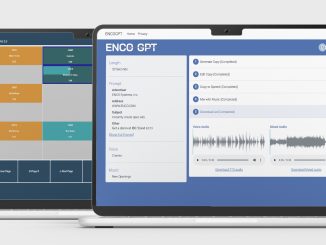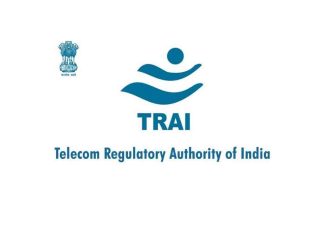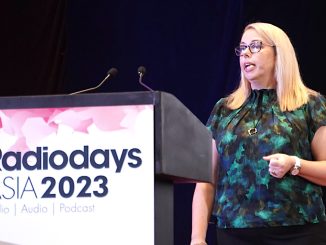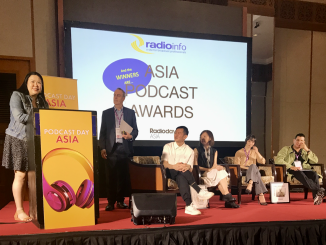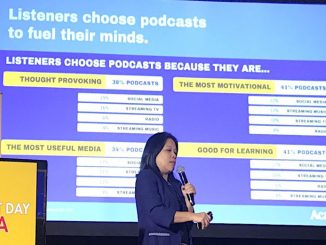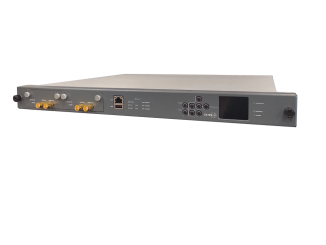
GatesAir Brings Timing and Signal Reference Generator to IBC
GatesAir, a Thomson Broadcast subsidiary dedicated to wireless content delivery, will bring its timing and signal reference solution for broadcast and telecom facilities to IBC for the first time this week. The GatesAir Maxiva GNSS-PTP is a standalone 1RU solution with a sophisticated switching algorithm that assures high-precision 10MHz and 1 PPS reference signals to mission-critical components in the signal chain, including transmitters, networking, and studio equipment. Internationally, the Maxiva GNSS-PTP brings strong value to national broadcast and network operators operating headends with multiple transmitters, for example. GatesAir exhibits at Stand 8.C82.The Maxiva GNSS-PTP speaks to modern navigation technologies used in second-generation Global Navigation Satellite Systems, and supports all major global satellite constellations (GPS, GLONASS, Galileo, QZSS). Each GNSS-PTP device feeds up to twelve 10 MHz and 1 PPS references in the technology infrastructure, removing the need to integrate a standalone timing source in each component. This substantially reduces equipment costs and installation timelines while providing a single, yet highly redundant, point of failure for engineers.Precise timing and frequency generation is assured because of the GNSS-PTP’s high level of redundancy. The product design includes redundant AC power supplies with built-in battery back-up for “always-on” protection. Diverse timing sources include redundant GNSS receivers, which incorporate OCXO temperature control to prevent frequency changes. Timing sources also include a PTP hardware module and an external 10 MHz and 1 PPS reference. Built-in switching control logic ensures reliability and flexibility for always selecting the highest priority source as a reference.
Support for the Precision Time Protocol v2 (PTP) adds further reliability and flexibility for customers. Available as a modular option, users can prioritize PTP as a facility’s primary source, or configure PTP as a backup to one of the GNSS receivers. The PTP module can function as a master or slave and, same as the unit’s GNSS receivers, provide reliable timing and frequency reference to 12 external devices.GatesAir has further simplified the user experience with an integrated web interface that allows users to select frequency bands easily and flexibly for each GNSS system, and configure timing source selection in automatic and manual modes. The user interface also offers useful visual aids, including detailed tracking maps and tables, satellite status and signal quality.“GatesAir has strong experience in the area of timing and synchronization for video, audio and telecom networks with our Intraplex SynchroCast solutions, including the single-frequency networks that our customers are increasingly deploying for FM radio and digital TV delivery,” said Keyur Parikh, Vice President of Engineering, GatesAir. “The Maxiva GNSS-PTP represents a new era in timing reliability, network redundancy and cost reduction for GatesAir and giving our customers a proven and reliable solution that will work in any broadcast studio, RF plant and telco facility worldwide.” […]

